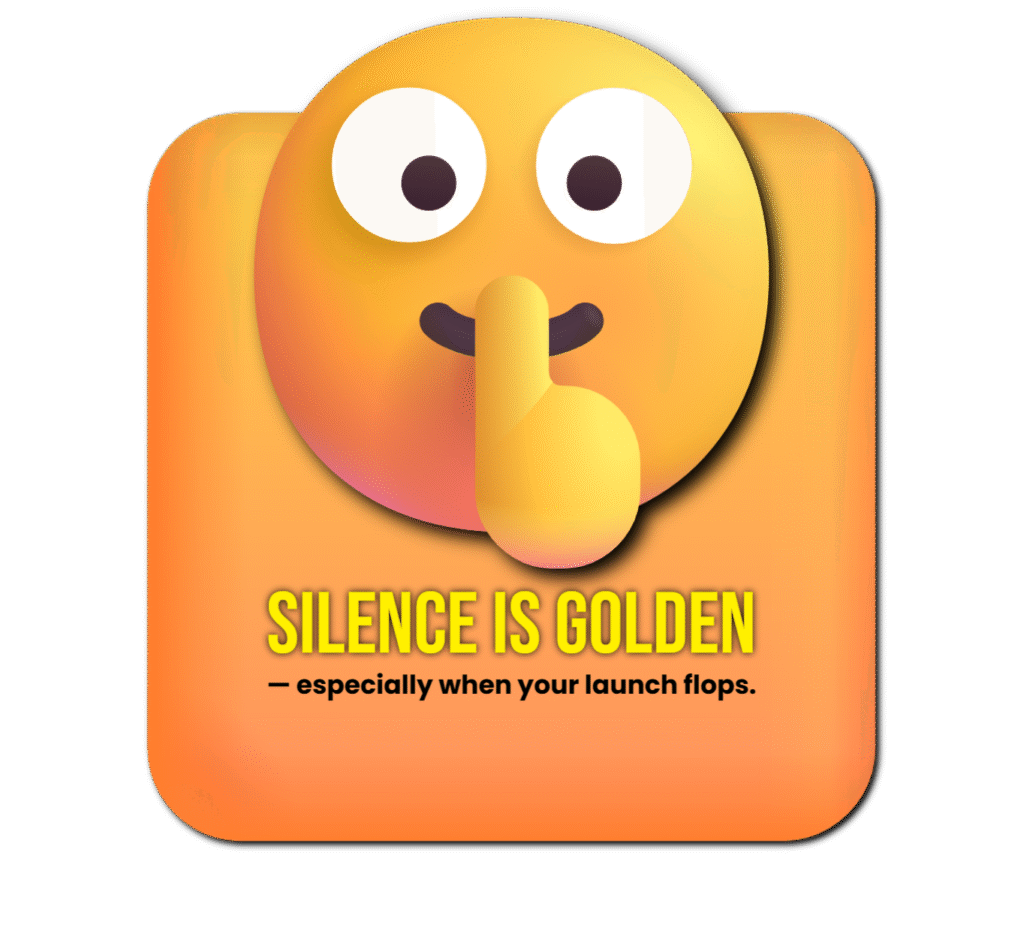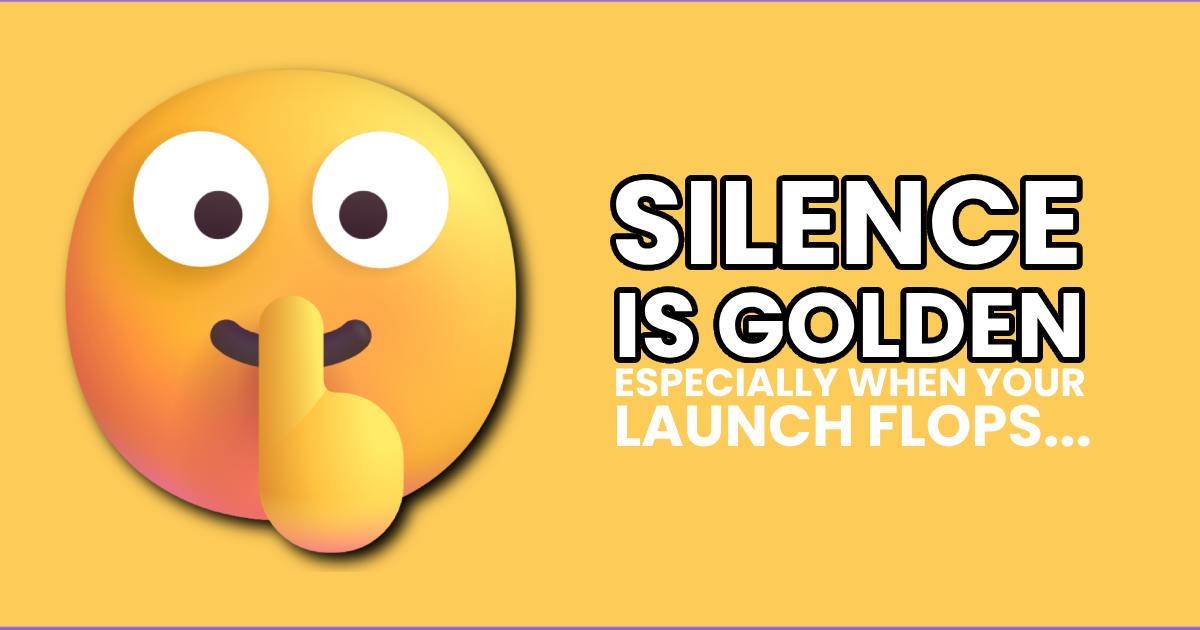By Andrew Gibson
I’m Andrew Gibson — a writer, software maker, and narrator of the Incredible Science Fiction series on Audible. I’ve spent years crafting stories, tools, and experiences that people actually use. But nothing I’ve built before was quite like EZC. This post is about the EZC Product Hunt launch — how it went, why it flopped, and what I learned from the experience.
EZC Emoji Composer started small. It wasn’t a product idea. It wasn’t a startup. It was a solution for one child.
A six-year-old autistic student I work with lives for emojis. They’re his language, his comfort zone, his creative playground. One day, I had an idea: what if I could make a simple app that let him search for emojis, pick his favourites, arrange them, and print them out?
He was hooked instantly.
From Side Project to Something Bigger
What began as a personal tool became a routine. This student would use the app to create posters, sticker sheets, and printables that made his world easier to navigate — or just more fun. Eventually, I realized this might have value well beyond our classroom.
For example, teachers could use it for visual schedules, while parents might use it with their kids. Creatives could remix emojis into artwork or lesson materials. From there, EZC started to evolve.
- I built in a basket system
- Added Unicode, Twemoji, and Noto emoji rendering
- Made it fully browser-based — no logins, no installs
- And kept it simple: $1/month unlocks everything
No weird pricing tiers. No dark UX. Just a creative tool that works.
Launching on Product Hunt (Because Apparently You’re Supposed To)
Eventually, I decided to launch EZC on Product Hunt. It’s the thing to do, right? Makers launch, get a little buzz, maybe even some upvotes. I wasn’t expecting to trend, but I hoped for some signal — that someone saw it and thought, “Yeah, that’s neat.”
Instead?
Nothing. Silence. The kind of digital tumbleweed that feels louder than noise.
My launch sat at the bottom of the feed, buried under AI widgets and meme generators with VC-backed polish. Tools that look like startups, even if they do nothing. In contrast, EZC is built with care, solves a real problem, and is priced to be accessible — but it didn’t even show up in search results.
Sure, it’s not perfectly polished — and it’s not mobile-first (yet). But it’s real. It’s useful. And it deserved better than the vacuum it launched into. I didn’t expect the EZC Product Hunt launch to explode, but I did expect something.

Seeing zero traction after months of work hurts. You refresh, hoping the counter ticks up — and wondering if maybe the algorithm glitched. It didn’t. The truth is: Product Hunt rewards launch groups, Discord mobs, and pre-hyped builds made for the platform itself.
That’s not me. Nor is it EZC. And it’s certainly not who I built this for.
It’s for the teacher who wants to create visual reward charts in five minutes.
The parent whose non-verbal child responds better to emoji than text.
The creative who wants to mash up absurd compositions and print them out.
It’s for the kind of kid who lights up when they see a grid of expressive faces and get to decide what comes next.
On the other hand, it’s not for early adopters looking to collect digital trophies.
Nor is it for prompt engineers with unicorn pitch decks.
The Goal Was Never Hype — It Was Usefulness
EZC was always about making something delightful and usable.
Not flashy. Not viral. Not “AI-powered.”
Just a web-based tool that works — and costs about the same as a cup of coffee per year.
If you want to see what I mean, try it:
👉 https://ezc.jellypie.co.uk
If You’re a Maker, Here’s What I Learned
- Don’t build for Product Hunt. It’s a distribution channel, not a validation engine.
- Build something that works, then make it joyful. That’s where EZC shines.
- Launch anyway. Even if nobody shows up — launch. You’ll learn more in a day than in six weeks of wondering.
- Let it hurt. It means you still care.
The Story Isn’t Over
I’m going to keep improving EZC. I’ve got plans — presets, community galleries, printable packs. Maybe I’ll launch again. Maybe I’ll ignore all that and focus on teachers, kids, and the people who actually use the tool every day.
But whatever happens, I’ll keep building things that matter.
Things that get printed. Things that get used.
Things that make a six-year-old grin and shout, “Again!”
Thanks for reading.

— Andrew

